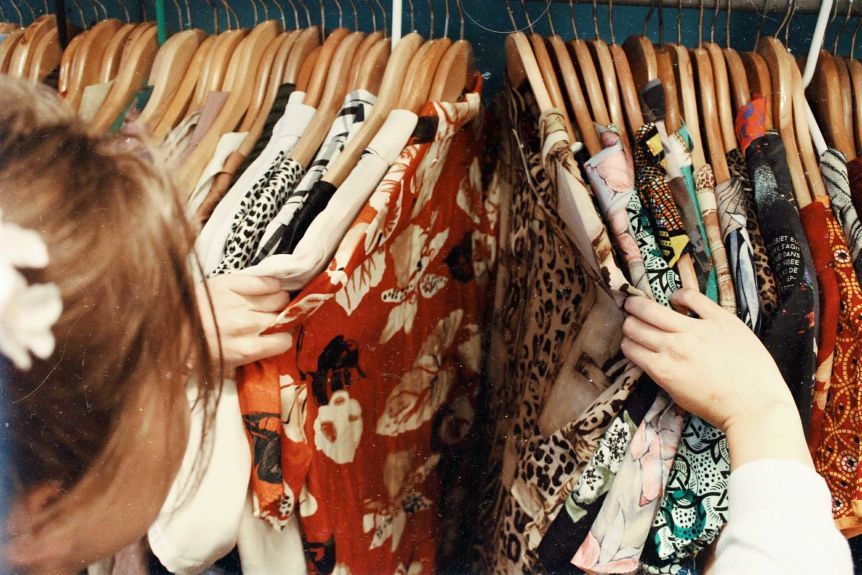By Janie Ryan
Adopting an ethical wardrobe is one of the best things you can do for people, the planet, and yourself. But making sustainable fashion choices might initially seem limiting, expensive, or just plain boring. To dispel this misconception, we’d love to share a few of our absolute favorite things about dressing consciously. Read on to learn about how slowing down your wardrobe will change your life for the better!
#1. By choosing ethical fashion, you’ll be a pioneer of a movement that’s having a huge positive impact on the environment
Clothing companies that put profit over people and planet collectively emit 1.26 tons of carbon a year. They sell us clothes we don’t need or even want, 11 million tons of which are trashed every year in the U.S. alone. Moreover, they set abysmally low standards for wages in the countries in which they operate, turning a blind eye while contract manufacturers in developing countries overwork and underpay their employees. And it’s not just about money. The fast fashion industry as a whole is notorious for putting its’ workers in danger on a regular basis. With the environment’s health and much more at stake, shopping consciously isn’t just fun — it’s pretty heroic.
#2. It will up your funk factor
A minimalist lifestyle doesn’t have to mean a minimalist aesthetic. If you’ve ever stepped into a thrift shop or upcycled clothing store, you know that the world of secondhand fashion is a Willy Wonka factory full of the funky and unique.
When you start rejecting fast fashion, you stop looking like you take most of your fashion cues from the mannequins at H&M. And you start discovering what it means to look like, well, yourself. Whether that means dressing in classic, muted pieces or embroidered jeans and sequins, sustainable fashion has it all.
#3. You’ll discover a new world of creative expression
A lot of vegans claim that their diets became way more exciting after they cut out animal products because it forced them to search outside their comfort zone for exciting new ingredients and cooking methods.
Changing your wardrobe to make it more ethical is similar. You will time travel and hop continents every time you stroll into a consignment shop. Whether you choose to buy from ethical brands or hunt for rare gems in your local consignment store, when you start creating a sustainable wardrobe, you’re bound to get inventive. Some sustainable fashion bloggers have had fun doing this with the 10×10 Challenge, where you choose just 10 clothing items to wear for 10 days, mixing and matching them to create as many new outfits as possible.
#4. You can have your cake and eat it, too
We get it: all this talk of slow fashion is marvelous, but you have a closet full of clothes that you couldn’t bear to part with. The good news is, there’s nothing in the ethical fashion handbook that says you have to! You didn’t hear this from us, but you don’t have to be a minimalist to be ethical.
Buying less in general — especially of cheap, mass-produced clothing — does translate to a smaller environmental footprint. But if you choose to consume upcycled, vintage, and secondhand, you can play with new styles to your heart’s content without feeling guilty. As long as you are not creating new demand for fast fashion brands, you’ve already taken a huge step in helping out the planet.
#5. You’ll save money
Thrifting is a godsend for those of us who want ethical style on the cheap — just ask sustainable fashionistas like bestdressed and Kristen Leo.
But you don’t have to thrift to save money. Buying sustainably produced, vintage, or upcycled clothing means investing in well-stitched, quality garments that will potentially last you a lifetime and save you loads of money in the process. That’s because fast fashion is quite literally made to degrade, not to last. Cheap clothes play on our psychology in an unfortunate way to make us feel like we’re getting a good deal when really, we’re paying for something that we’ll replace within a few months.
Photo credit Becca McHaffie

